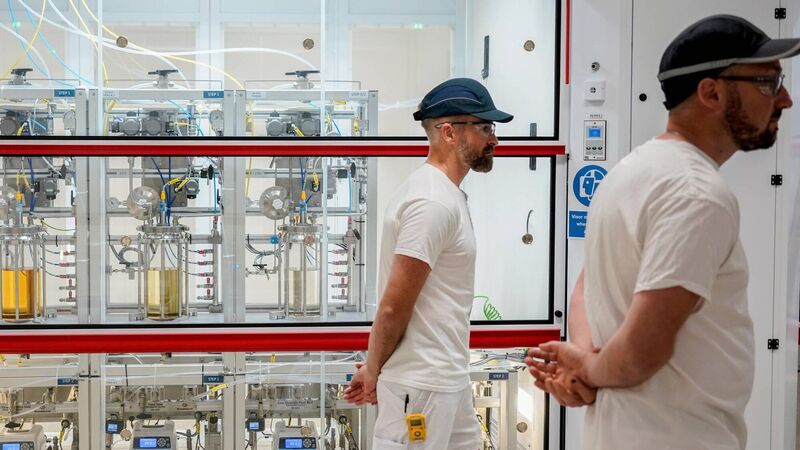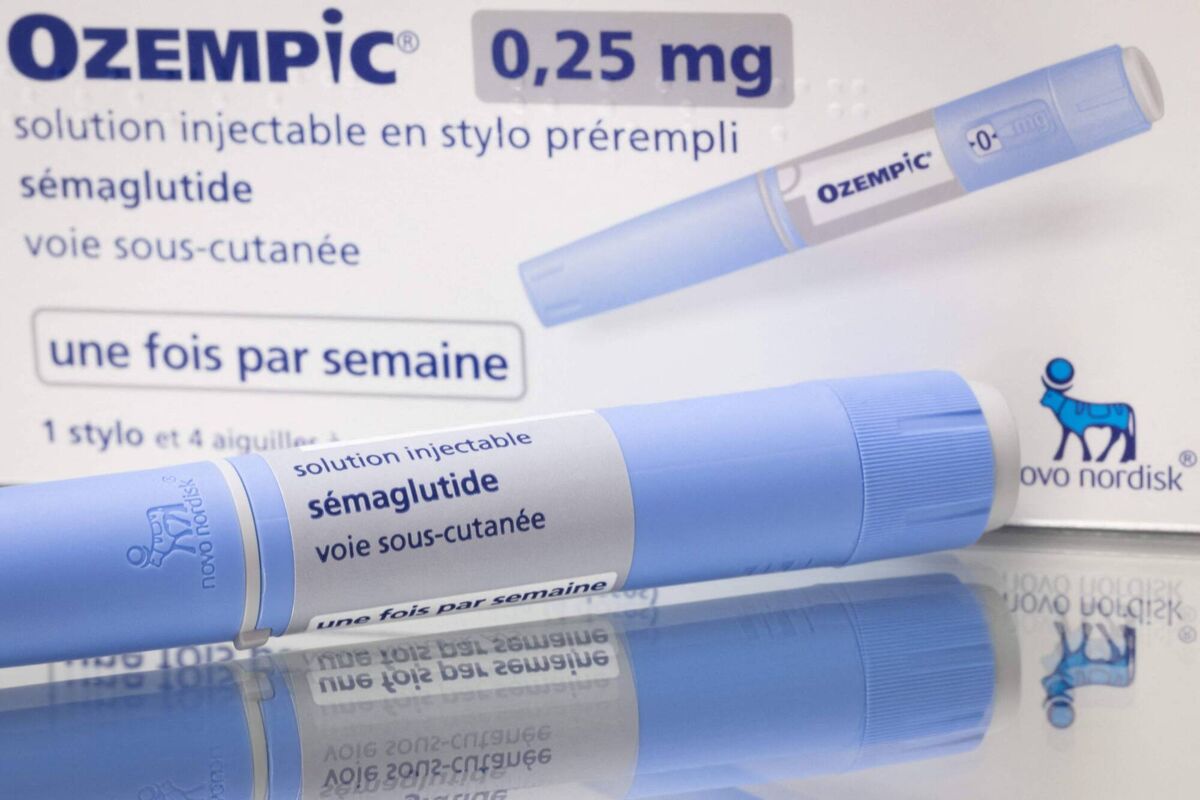Cork operations of Eli Lilly underpin Ozempic maker Novo Nordisk's dwindling market dominance

US multinational Eli Lilly has gathered significant momentum with its game-changer drugs Zepbound and Mounjaro. Picture: Paulo Nunes dos Santos/Bloomberg
For years, Danish drugmaker Novo Nordisk operated unrivalled in the global diabetes and obesity drug market, with its blockbuster medicines underpinning Denmark’s economy and cementing itself as one of Europe’s most valuable companies.
Promoted heavily by celebrities, many of whom have spoken candidly about their weight-loss journeys, Novo’s breakthrough medications, Ozempic and Wegovy, became a household name in just a matter of weeks, prompting global demand for their fast-acting products, which even led to significant supply shortages that the company could not meet fast enough.
But as healthcare professionals, patients and investors look to the future of obesity treatment, what was previously a monopoly for Novo has been challenged by a new competitor.
Entering the growing market as an underdog to the Danish giant, US multinational Eli Lilly has gathered significant momentum with its game-changer drugs Zepbound and Mounjaro, which many doctors and consumers consider more effective alternatives to Novo’s offering.

While Novo Nordisk still holds a notable market share, its position is becoming increasingly tenuous. What was Europe’s most valuable company last year, the drugmaker has lost around 40% of its market value so far in 2025 amid intensifying competition, with its current financial year being marked by stalling sales, profit warnings and a change in CEO. The company has also struggled with a series of regulatory roadblocks in the US, adding to increasing uncertainty.
This has led to Novo cutting its full-year sales and operating profits twice this year, with increased competition also pushing the drugmaker to cut several thousand jobs across its European operations.
In September, Novo announced it would slash 9,000 positions, representing 11% of its global workforce, in an attempt to revive its success of 2024. The drugmaker said that 5,000 of the job losses would be in its home country, with the rest hitting several branches of its global operations.
Last week, the company confirmed to the Irish Government that it would also cut jobs at its facility in Athlone, which it purchased in May 2024 from Alkermes for €77m. While the drugmaker has not confirmed the exact number of jobs to be cut, it is believed that around 115 Irish roles will be affected.
Widespread demotions are also taking place in tandem with layoffs, with many staff reporting being offered alternative terms involving pay cuts, a loss of management responsibilities or reassignments, with newly-appointed CEO Mike Doustdar calling employees back to the office, downgrading the titles of some senior managers and cancelling the contracts of new recruits just days before they were set to start.
The scale of Novo’s lagging sales and corresponding restructuring can be seen in Danish industrial production, which saw its sharpest drop since January as a result of its dependence on the Ozempic maker. The slowdown at Novo has even prompted economists to slash their forecasts for economic growth in Denmark in 2025, with consumer sentiment also taking a hit.
While blessed with an early advantage, Novo Nordisk’s upper hand is dwindling. As the drugmaker lags, its key competitor only accelerates. In its latest trading update, US pharma giant Eli Lilly said revenue for the second quarter of this year jumped by 38% to $15.56bn (€13.2bn), largely underpinned by the soaring demand for its weight-management drugs Mounjaro and Zepbound. The drugmaker also once again revised its revenue guidance upwards amid a more than 40% rise in volume.
Eli Lilly has significantly ramped up investments in production and R&D, spending billions on enhancing existing facilities and opening new ones.
First established here in 1978, Eli Lilly has been aggressive in scaling up its Irish operations in recent years, expanding manufacturing across both Cork and Limerick, which it says have become pivotal to its global supply chain. In September last year, the company announced it would invest over €1.6bn to expand its manufacturing footprint in Ireland as it ramped up production capacity.

In addition to a €900m investment in its Limerick site to increase production of ingredients used in Alzheimer's medication, the drug maker also placed Cork at the centre of its weight-management product range with a more than €720m facility expansion at its plant in Kinsale.
This additional investment is part of Eli Lilly's most ambitious manufacturing expansion agenda in the company’s history, which has seen Lilly commit over $20bn to build, expand, and acquire manufacturing facilities in the US and Europe since 2020.
While punitive tariff threats from US president Donald Trump have been enough to rattle many pharmaceutical giants into forecasting more modest future outlooks, Eli Lilly remains largely unfazed. The company has already committed to continually investing in Ireland and further afield. Just this week, Lilly announced it would invest $1bn in India to boost manufacturing and supply through local drugmakers.
“These investments [in Ireland] will boost the production of some of our medicines, helping millions of people with diabetes, obesity, and Alzheimer's disease live the healthiest lives possible,” said Edgardo Hernandez, executive vice president and president of Lilly Manufacturing Operations, when visiting the Kinsale site last year.
“We won’t stop there — these state-of-the-art facilities will also be equipped to support our promising pipeline molecules of the future,” he continued.
Novo Nordisk’s rise and stumble is multifaceted, driven by a combination of growing competition, supply shortages and regulatory challenges. While it still remains a key player in the growing weight-loss market, its trajectory in the last year remains a cautionary tale of how quickly dominance in the pharmaceutical industry can shift, and how Ireland, with its crucial role at the centre of Lilly’s manufacturing push, has found itself on the frontline of this global shift.
A collection of the latest business articles and business analysis from Cork.














